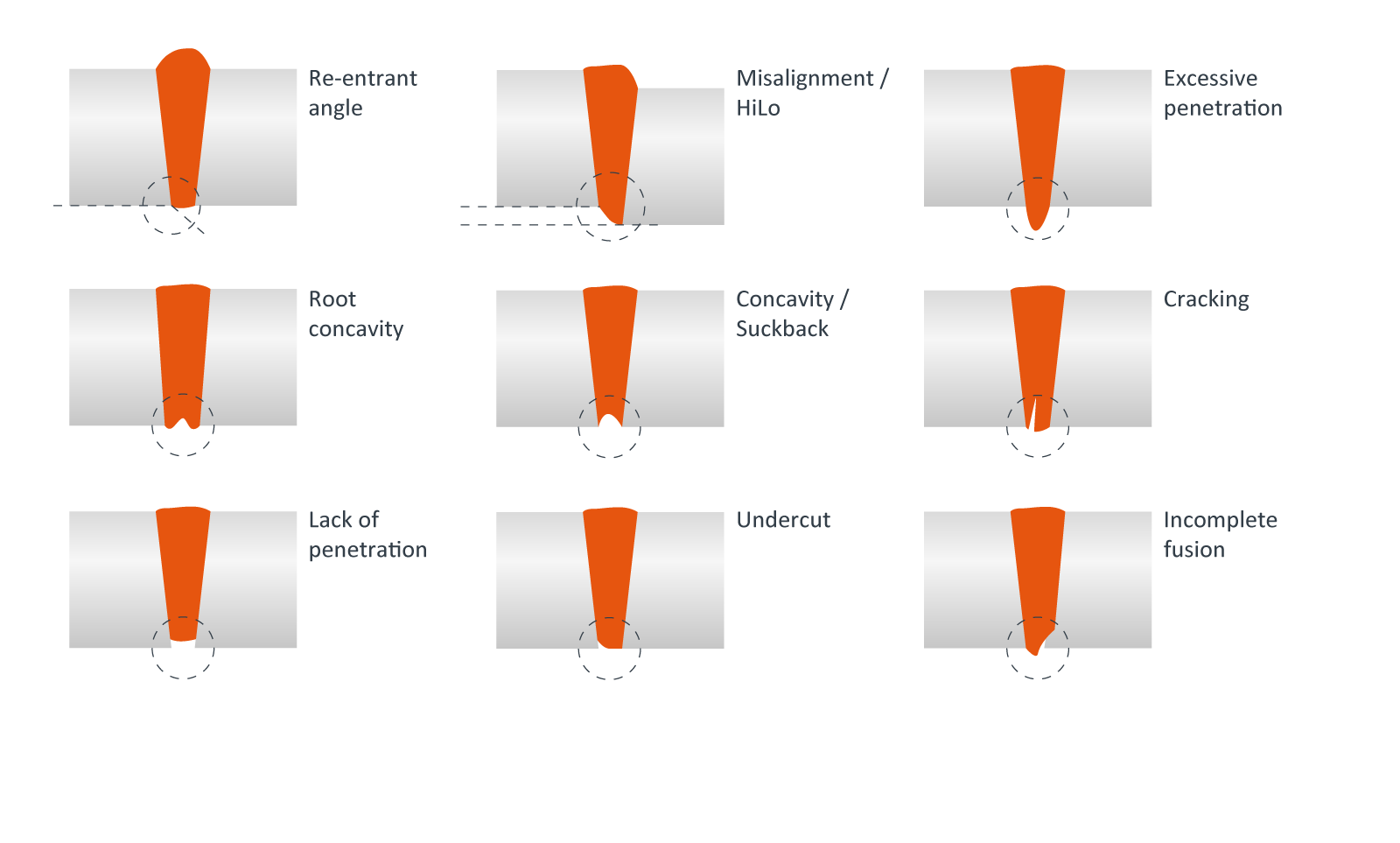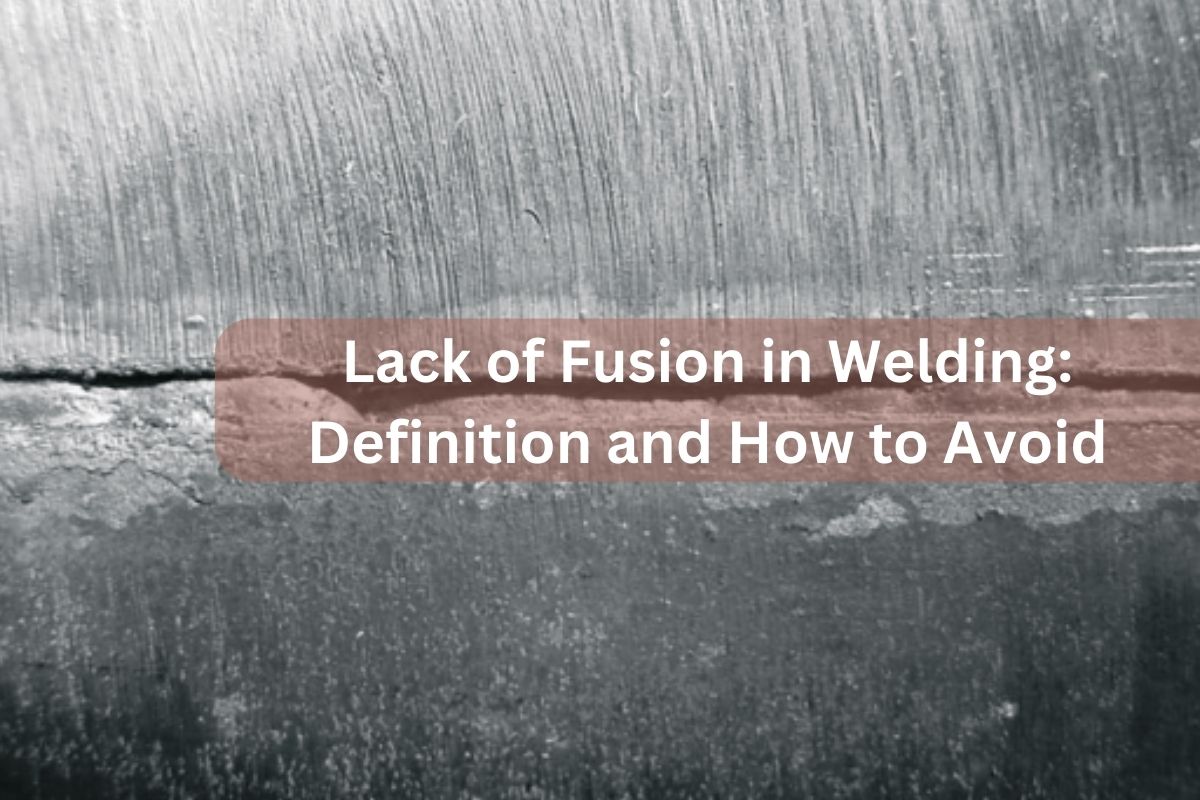Finest Practices for Preventing Weld Undercut: Grasping the Fundamentals
Finest Practices for Preventing Weld Undercut: Grasping the Fundamentals
Blog Article
Vital Tips for Welders: Stopping Undercut Welding and Ensuring Stronger Weld Joints
In the world of welding, accomplishing strong and durable weld joints is the cornerstone of producing high-quality job. One typical challenge that welders frequently encounter is undercut welding, which can endanger the stability of the weld joint.

Understanding Undercut Welding
Undercut welding is an usual welding problem that takes place when the weld metal falls short to correctly load the groove and results in a groove-like anxiety along the weld grain. This problem damages the weld joint, making it vulnerable to fracturing and failure under anxiety. Damaging can be caused by different variables, including extreme welding existing, high welding speed, incorrect electrode angle, wrong electrode dimension, and poor welding method.
Among the major reasons for undercut welding is a discrepancy in between the welding current and the welding speed. If the welding current is as well high or the welding rate is also fast, the weld metal may not appropriately fill the groove, resulting in damaging. In addition, making use of an electrode that is too large can lead to a similar result, as the excess steel can not effectively move into the groove.
To avoid undercut welding, welders ought to guarantee they are utilizing the right welding criteria, keep an ideal electrode angle, choose the appropriate electrode size, and practice proper welding techniques. By dealing with these elements, welders can reduce the danger of undercutting and produce stronger, much more reputable weld joints.
Appropriate Welding Method
Efficient welding technique plays an essential role in guaranteeing the quality and integrity of weld joints. Correct welding strategy entails a mix of skill, adherence, and accuracy to ideal methods. One essential aspect of proper welding strategy is preserving the appropriate angle and distance in between the welding weapon and the workpiece. Welders must additionally pay close interest to the travel speed and warm input to stop issues like undercutting, porosity, or incomplete combination.
Furthermore, a stable and consistent hand motion is important for developing strong and durable weld joints. Welders must aim for smooth, consistent movements to make sure even distribution of the weld product. Appropriate adjustment of the welding gun and filler product is also crucial to achieving ideal infiltration and combination.
In addition, controlling the warmth input and selecting the proper welding criteria based on the product being bonded are vital consider achieving top notch welds - Preventing weld undercut. Welders should comply with the advised settings offered by welding treatment requirements and adjust them as needed based upon the details requirements of the job. By understanding appropriate welding strategies, welders can considerably improve the toughness and integrity of their weld joints
Choosing the Right Electrode
Preserving the right angle and range in between the welding weapon and the workpiece is fundamental when thinking about the value of picking the appropriate Website electrode in welding applications. The selection of electrode plays a critical duty in establishing the top quality and toughness of the weld joint. Electrodes can be found in numerous kinds, each made for details objectives and products.
To start with, picking the proper electrode size is necessary. Thinner electrodes appropriate for welding slim materials, while thicker electrodes are better for thicker materials and greater warmth applications. Matching the electrode size to the thickness of the workpiece aids attain a well click here for more info balanced weld.
Secondly, understanding the material make-up of the electrode is vital. Different electrodes are created for welding certain products like steel, stainless steel, light weight aluminum, or cast iron. Making use of the proper electrode product makes sure great fusion and minimizes the threat of issues in the weld.
Finally, thinking about the welding setting and technique is crucial when picking the electrode kind. For example, certain electrodes are much better fit for above or vertical welding placements, while others work well for flat or straight settings. Selecting the appropriate electrode based upon the welding technique boosts the general weld top quality and stability.
Preparing the Base Metal
To ensure a successful welding procedure, what first steps should be taken when preparing the base metal for welding? In addition, any kind of existing weld material or residue from previous welding must be removed to guarantee a tidy surface area for the brand-new weld.

Conducting Post-Weld Examinations

After carrying out these evaluations, welders should compare the results versus sector requirements useful link and job requirements to ensure that the weld joint meets all essential standards. Any type of inadequacies or inconsistencies uncovered during the post-weld evaluation should be without delay attended to with appropriate rehabilitative procedures to ensure the weld's integrity. By faithfully doing post-weld evaluations and promptly resolving any type of issues, welders can promote the high quality and reliability of their job, ultimately adding to the security and long life of the welded frameworks.
Final Thought

Finally, avoiding undercut welding and ensuring more powerful weld joints call for a combination of correct welding method, picking the best electrode, preparing the base steel properly, and performing post-weld evaluations. By recognizing the causes of undercut welding and carrying out the needed precautions, welders can create top quality weld joints that satisfy industry criteria and guarantee the architectural integrity of the welded parts.
Undercut welding is a common welding problem that occurs when the weld steel fails to correctly load the groove and results in a groove-like depression along the weld bead (Preventing weld undercut). Damaging can be created by various elements, consisting of too much welding current, high welding speed, incorrect electrode angle, inaccurate electrode dimension, and inadequate welding technique
One of the primary factors for undercut welding is an inequality in between the welding current and the welding speed. If the welding current is too high or the welding speed is as well quickly, the weld steel might not properly fill up the groove, leading to damaging.Preserving the proper angle and range in between the welding weapon and the work surface is fundamental when considering the significance of selecting the ideal electrode in welding applications.
Report this page